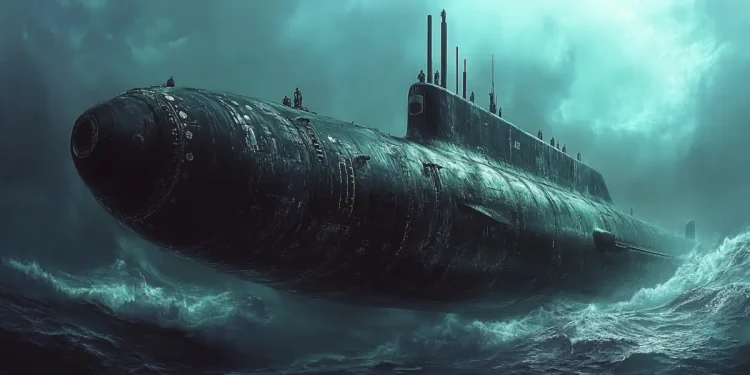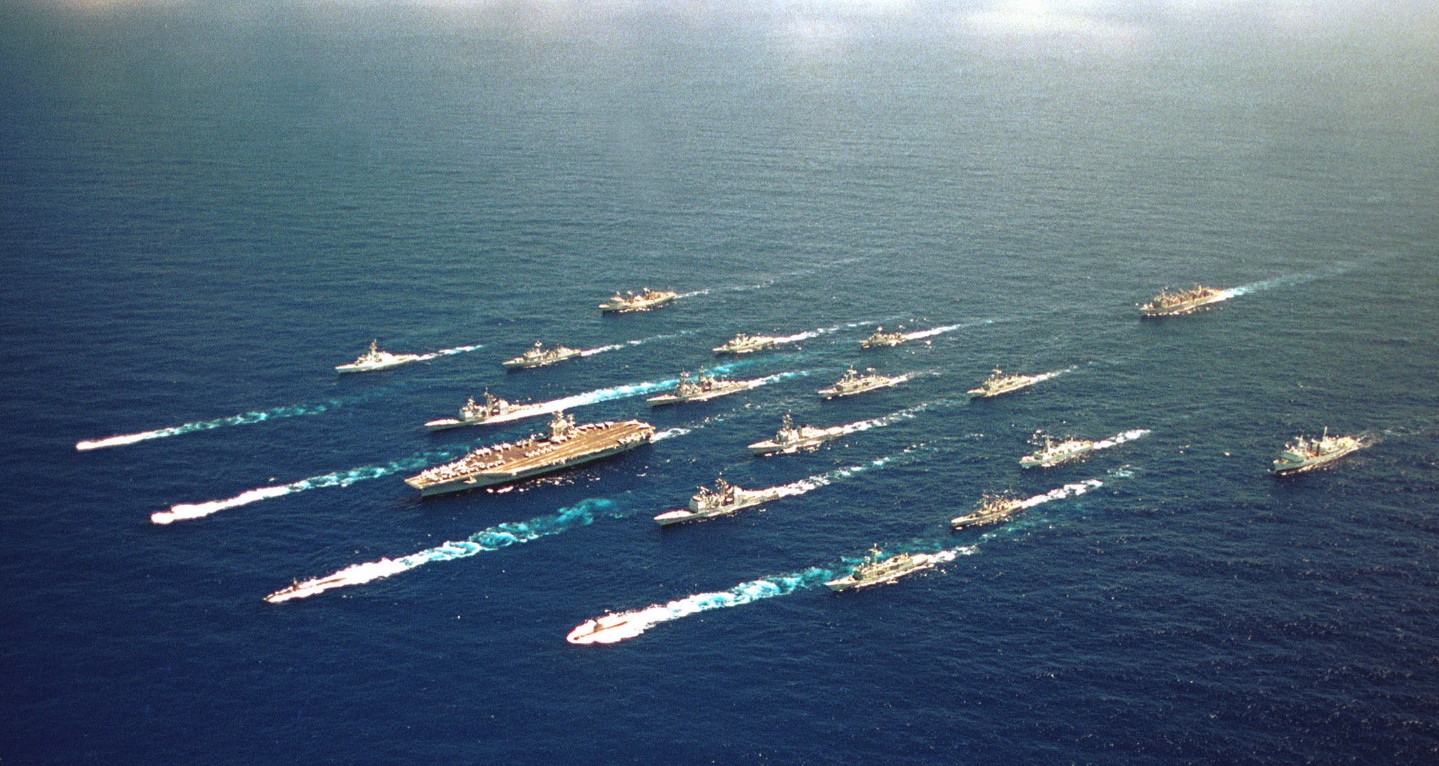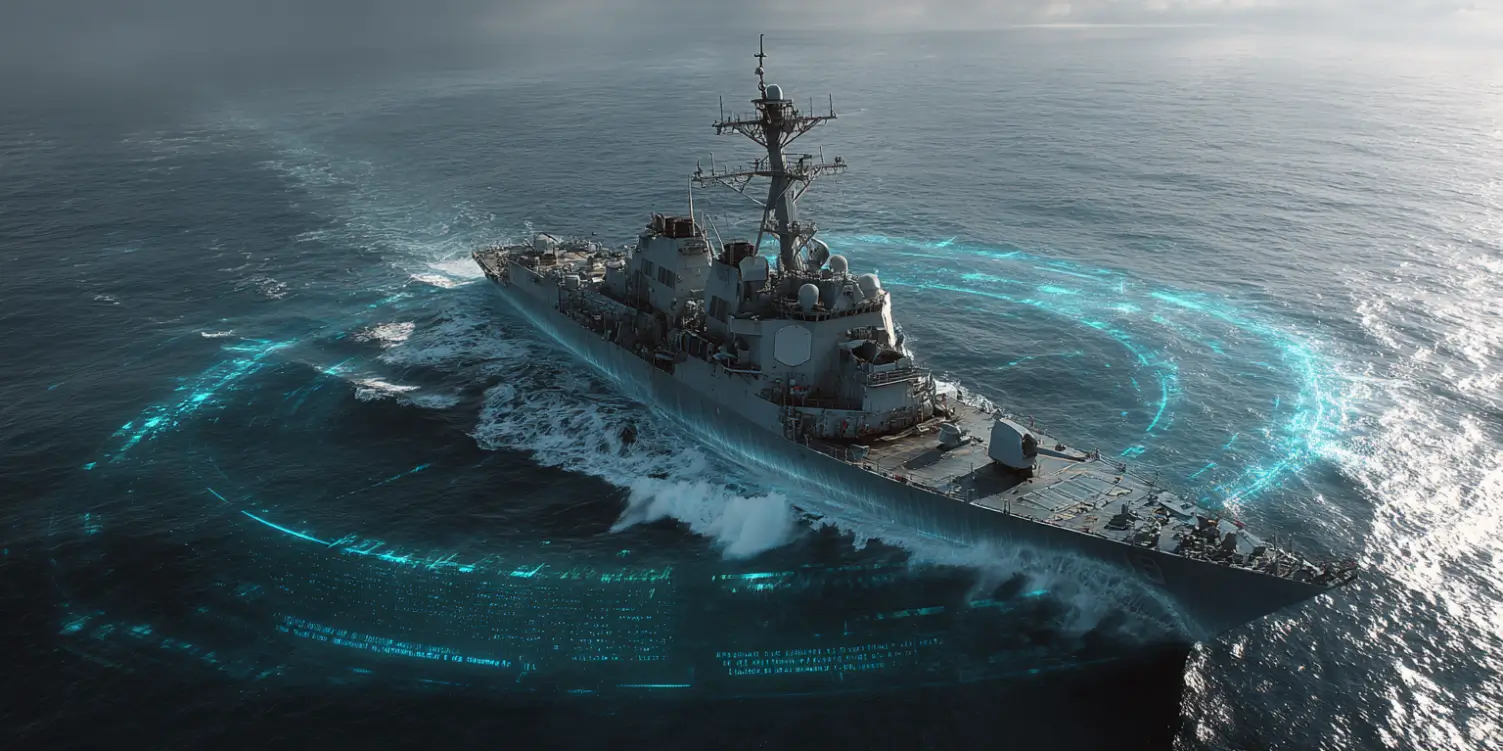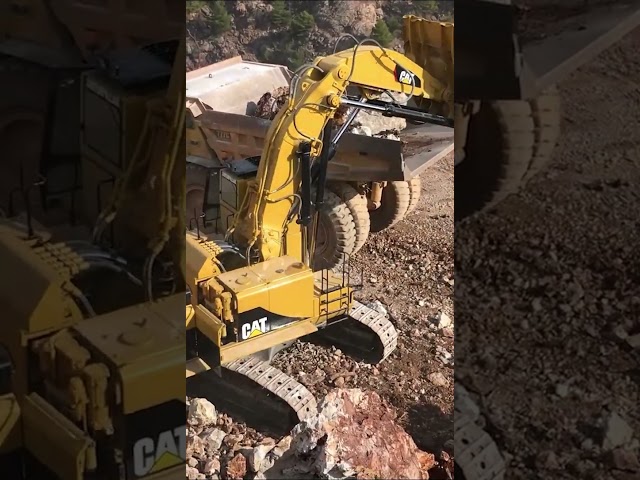Sailing the Depths: The Largest Submarines Ever Built
Submarines have long captivated the human imagination with their ability to travel beneath the surface of the ocean, providing a unique blend of stealth and strength. Modern submarines are technological marvels, capable of carrying out missions ranging from scientific exploration to military operations. Here, we delve into the biggest submarines in the world, examining their features, capabilities, and the roles they play on the global stage.
The Russian Typhoon Class
When it comes to size, the Typhoon class Russian submarines hold the title for being the largest ever constructed. These submarines, known as Projekt 941 Akula, were built during the Cold War and remain impressive feats of naval engineering.
| Specification | Detail |
|---|---|
| Length | 175 meters |
| Beam | 23 meters |
| Draught | 12 meters |
| Displacement | 48,000 tons (submerged) |
| Armament | 20 R-39 Rif ballistic missiles |
| Crew | 160 |
The sheer size of the Typhoon class submarines allows them to carry a significant amount of weaponry and supplies, enabling them to stay submerged and operational for extended periods. Their double hull design enhances their structural integrity and resilience under the pressure of deep-sea operations.
Ohio Class Submarines
The Ohio Class submarines are the largest submarines ever built for the United States Navy. These ballistic missile submarines form the backbone of the U.S. military’s sea-based nuclear deterrent force.
| Specification | Detail |
|---|---|
| Length | 170 meters |
| Beam | 13 meters |
| Draught | 12 meters |
| Displacement | 18,750 tons (submerged) |
| Armament | 24 Trident II D-5 ballistic missiles |
| Crew | 155 |
These submarines are designed for minimal noise, making them less detectable by enemy ships and submarines. The Ohio Class submarines’ strategic significance cannot be overstated, as they provide a credible deterrent against any potential nuclear threats.
Borei Class: Russia’s New Generation
Another noteworthy entry from Russia, the Borei Class submarines represent the latest advancements in nuclear-powered ballistic missile technology. These submarines are more modern and stealthier compared to their Typhoon predecessors.
| Specification | Detail |
|---|---|
| Length | 170 meters |
| Beam | 13.5 meters |
| Draught | 10 meters |
| Displacement | 24,000 tons (submerged) |
| Armament | 16 Bulava ballistic missiles |
| Crew | 107 |
The Borei Class submarines are equipped with advanced sonar systems and noise reduction technologies, making them some of the most silent submarines in operation today. They serve as a critical component of Russia’s nuclear deterrence strategy.
Soviet Union’s Typhoon Class: A Behemoth of the Deep
Commissioned in the 1980s, the Soviet Union’s Typhoon Class submarines were an engineering marvel. Designed to launch nuclear missiles from beneath the Arctic ice, these submarines were a cornerstone of Soviet maritime strength during the Cold War.
- Double hull construction: This feature offers increased resilience and buoyancy.
- Multiple compartments: Enhances the survivability of the submarine in the case of a hull breach.
- Massive size: Can carry up to 200 nuclear warheads.
Despite their immense size and capabilities, the Typhoon Class submarines are being phased out in favor of more modern designs like the Borei Class.
Delta Class Submarines
The Delta Class, originally designed by the Soviet Union, continues to serve in the Russian Navy. These submarines come in various forms, known as Delta I, II, III, and IV, each representing incremental technological improvements.
| Specification | Detail |
|---|---|
| Length | 166 meters |
| Beam | 12.3 meters |
| Draught | 8.8 meters |
| Displacement | 18,200 tons (submerged) |
| Armament | 16 R-29RMU Sineva ballistic missiles |
| Crew | 140 |
The Deltas are known for their robust construction and the ability to launch missiles from a submerged position, providing a stealthy and potent nuclear strike capability.
Conclusion
The largest submarines in the world are not just feats of engineering; they are crucial components of national defense strategies. These underwater giants combine advanced technology, formidable firepower, and the ability to operate undetected for extended periods, making them indispensable assets for the naval forces that operate them. From the Cold War-era behemoths like the Typhoon Class to the modern, stealthy Borei Class, these submarines continue to play a pivotal role in shaping global military dynamics.









